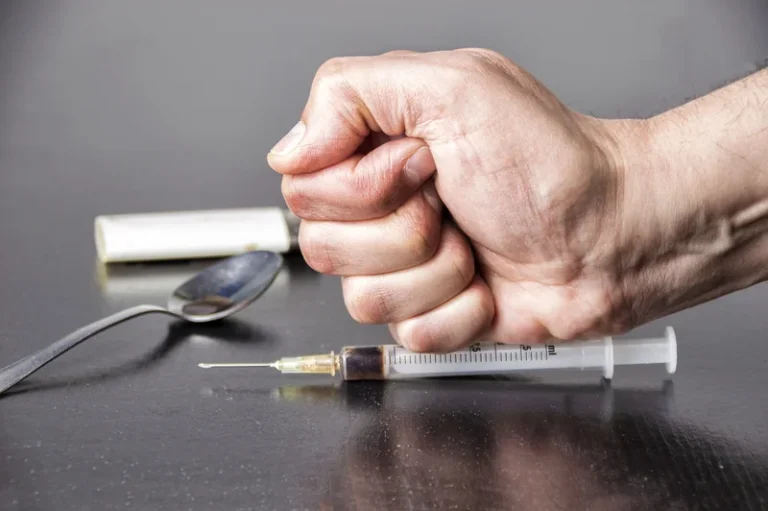
The side effects of prolonged alcohol abuse, combined with these withdrawal challenges, highlight the critical need for medical intervention. Seeking help early can prevent further damage and improve the chances of recovery before the body’s systems are irreparably harmed. Certain physical signs and symptoms might indicate that you’ve developed an alcohol addiction. Symptoms of alcoholism vary, but in this piece we’ll focus on some of the physical signs of alcohol dependence. It can help to give you a clearer picture of the ailments, sensations and changes to your body that might happen as a result of alcoholism. However, some, if not controlled, can lead to permanent severe complications or even death.
Thrombocytopenia (Low Platelet Levels)
- Treatment for alcoholism often involves a combination of therapy, medication, and support.
- It’s a long-term chronic disease following an unhealthy relationship with alcohol.
- Alcohol use disorder (AUD), the clinical term for alcoholism, is defined as the inability to stop using alcohol excessively despite negative impacts in other areas of someone’s life.
- Chronic drinkers are more liable to contract diseases like pneumonia and tuberculosis than moderate drinkers.
- Taking an alcoholism screening quiz can help you determine whether you have the symptoms of an alcohol use disorder.
Despite alcohol being a diuretic — meaning it stimulates the loss of fluids through increased urination — the body adapts by retaining fluids in an effort to maintain balance. This leads to a puffy, swollen face, which is a common side effect of alcohol consumption. Drinking can weaken the immune system and increase a person’s risk of developing various forms of cancer.

Other Programs & Tracks
But a good indicator of an alcohol addiction is when something is “out of whack” in your life, according to Dr. George Koob, director of the National Institute on Alcohol Abuse and Alcoholism. If you feel that you sometimes drink too much alcohol, or your drinking is causing problems, or if your family is concerned about your drinking, talk with your health care provider. Other ways to get help include talking with a mental health professional or seeking help from a support group such as Alcoholics Anonymous or a similar type of self-help group. These physical signs of alcoholism can be life threatening, and will most likely warrant immediate medical attention. An alcoholic develops physical tolerance, requiring larger amounts of alcohol to achieve the desired effects.
How long does it take to develop alcoholic neuropathy?
Alcoholism was identified in 1956 as an illness by the American Medical Association (AMA). It’s a disease—an altering of the brain that controls a person’s motivation and ability to make healthy choices. Once it takes hold, it can be hard to shake loose—without the right help. Alcoholics often have defective red blood cells that die prematurely, which can cause a lower-than-normal red blood cell count. Gastrointestinal bleeding, a symptom some alcoholics experience, can also cause anemia, as can iron deficiency. Tolerance symptoms include a need to drink more than you once did to achieve the desired level of intoxication.
More seriously, this reduced clotting leads to an increased risk of stroke. Alcohol can also lead to excessive sweating – https://ecosoberhouse.com/ known as alcohol sweats or night sweats. For many, this is a problem that will keep us tossing and turning at night, leading to alcohol affecting our sleep.

- Tremors are signs of serious health problems, and you need professional care to detox safely.
- It is a journey that requires commitment, perseverance, and a strong support system.
- They may also exhibit physical withdrawal symptoms, such as tremors, sweating, and nausea when attempting to stop or limit alcohol consumption.
- In severe cases, a person may develop delirium tremens, a potentially life-threatening condition that causes hallucinations, confusion, seizures and psychosis.
Their brain is changing—and without help, there can be serious long-term consequences. Needing a drink first thing in the morning — or even in the middle of the night — to stave off nausea or stop the shakes are signs of dependence and withdrawal. Typical alcohol withdrawal symptoms include sweating, shaking, nausea, anxiety and insomnia. In severe cases, a person may develop delirium tremens, a potentially life-threatening condition that causes hallucinations, confusion, seizures and psychosis. Alcoholic neuropathy, also known as alcoholic peripheral neuropathy, refers physical signs of alcoholism to damage of the nerves due to chronic and excessive alcohol consumption. Affected nerves include the peripheral nerves, primarily located in the arms and legs, and the autonomic nerves, which help regulate our internal body functions.

- As alcohol damages liver cells, they are less able to excrete bile properly.
- This reaction occurs because of the buildup of acetaldehyde, a toxic byproduct of alcohol metabolism that the body struggles to break down after excessive drinking.
- If you’ve had two or three of those symptoms in the past year, that’s a mild alcohol use disorder.
- Always seek the advice of your physician or other qualified health provider with any questions you may have regarding a medical condition or treatment options.
- Someone who consistently drinks high levels of alcohol then suddenly stops or dramatically decreases their alcohol consumption in a short period of time may experience any number of withdrawal symptoms.
This condition, known as alcoholic redness or “alcoholic nose”, results from the enlargement of blood vessels and increased blood flow caused by excessive alcohol consumption over time. At Compassion Behavioral Health, we understand the challenges and complexities of dealing with alcoholism. Our dedicated team of professionals offers a comprehensive and individualized approach to recovery. We believe in treating the whole person, not just the symptoms of addiction.
- In this article, we will go over seven of the key behaviors that help identify alcohol use disorder and treatment options you, or a loved one, have as someone with AUD.
- The concept of “craving” substances as they relate to substance use disorders has been examined closely in the last couple of decades.
- Additionally, genetic and environmental factors can contribute to the likelihood of developing alcoholism.
- Alcohol is a depressant that can intensify symptoms of depression and anxiety, leading to a vicious cycle of self-medication with alcohol.
As alcohol addiction progresses, individuals may experience increased tolerance, requiring higher amounts to achieve the desired effects. This can lead to prioritizing drinking over other interests and neglecting responsibilities. Those who engage in heavy drinking or excessive alcohol consumption may also experience the alcohol flush reaction, where the skin turns red due to the body’s inability to properly metabolize alcohol. This reaction occurs because of the buildup of acetaldehyde, a toxic byproduct of alcohol metabolism that the body struggles to break down after excessive drinking.

In this article, we will go over seven of the key behaviors that help identify alcohol use disorder and treatment options you, or a loved one, have as someone with AUD. Jaundice, or yellowing of the skin and whites of the eyes, is a heroin addiction telltale sign of alcoholic liver disease. As alcohol damages liver cells, they are less able to excrete bile properly. Alcoholism often causes noticeable changes in an individual’s mood and personality. They may become irritable, aggressive, or anxious, even in situations where such behavior is unwarranted.
